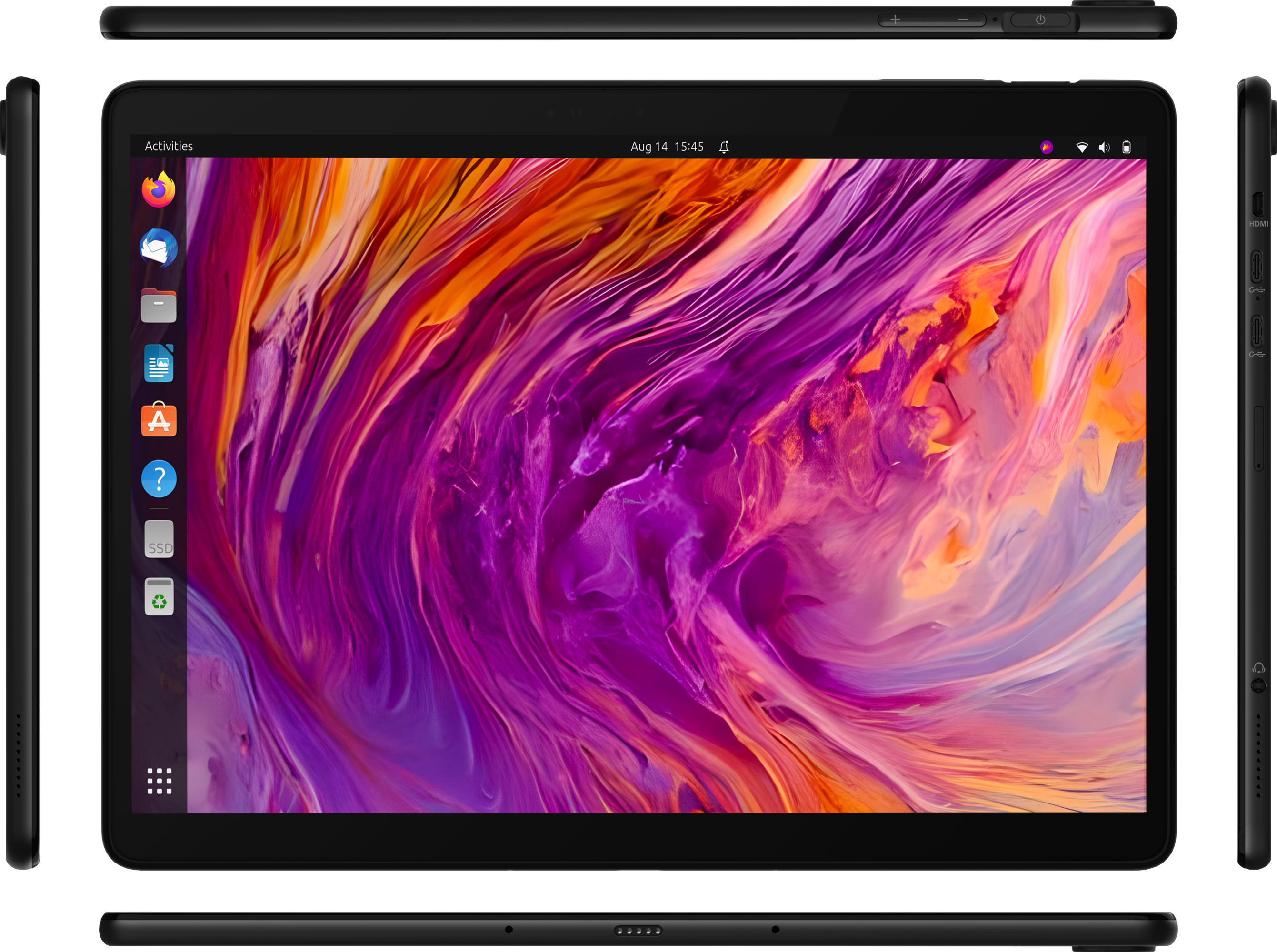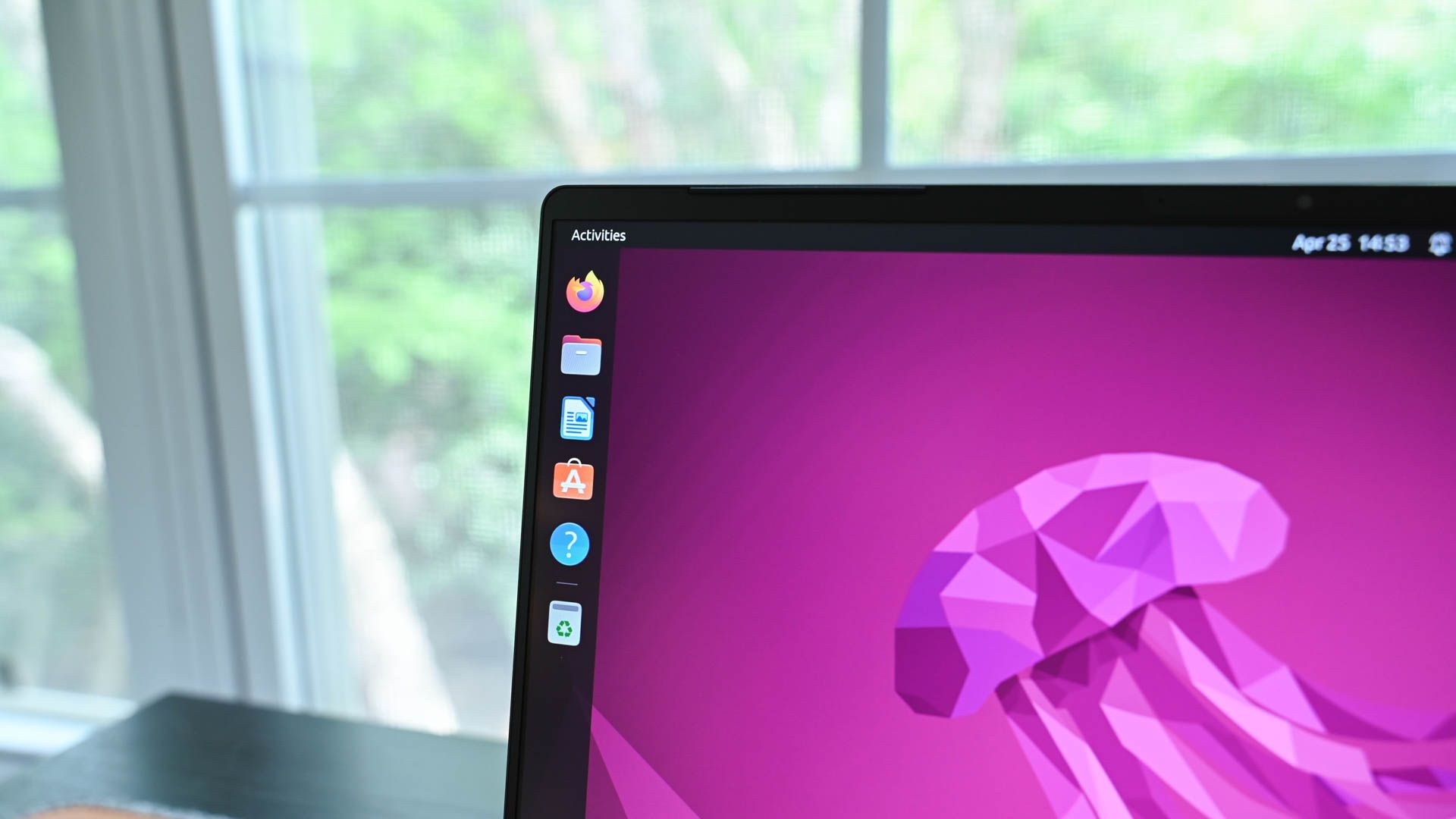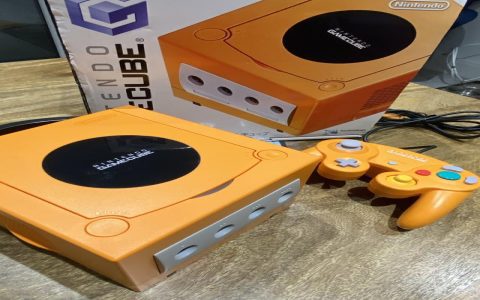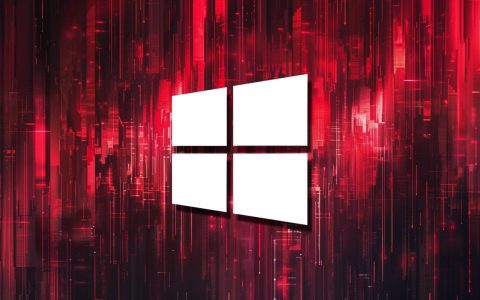Selecting the best Linux distribution for a tablet requires careful consideration of hardware compatibility, touch interface optimization, and resource efficiency. Focus on distributions with dedicated touch/tablet editions or strong community support for mobile form factors.
Key Selection Criteria
- Touch Optimized UI: Essential for a usable experience. Look for gesture support, on-screen keyboards, and touch-friendly interfaces.
- Driver & Hardware Support: Check compatibility with your tablet's specific components (Wi-Fi, Bluetooth, cameras, rotation sensors).
- Performance Profile: Choose lightweight distributions unless using a high-powered tablet. RAM usage is critical.
- ARM Support: Many tablets use ARM processors. Verify the distro has robust ARM builds.
- Active Development: Prefer distros with recent updates specifically addressing tablet functionality.
Top Contender Reviews
Ubuntu Touch (UBports)
Designed exclusively for touch devices. Excellent gesture navigation, pre-configured mobile apps, and energy efficiency. Extensive community hardware adaptation support. Best for strong community-driven hardware compatibility.

Fedora (with GNOME)
The default GNOME desktop offers excellent touch support and dynamic scaling. Fedora provides cutting-edge kernel support, crucial for newer tablet hardware. Requires some manual configuration post-installation. Ideal for well-supported x86 tablets and tech-savvy users.
postmarketOS
Alpine Linux-based, specifically targeting mobile devices. Focuses on long-term support and mainlining drivers. Extensive porting efforts exist for older and newer tablets alike. Offers Phosh (GNOME-based mobile UI) and Plasma Mobile shells. Best for bringing various tablets back to life and Linux purists.
Manjaro ARM (with Plasma Mobile / Phosh)

Leverages Arch Linux's extensive hardware support via an accessible installer. Plasma Mobile and Phosh provide mature, touch-optimized environments. Rolling release model ensures latest drivers. Suited for ARM tablets and users wanting bleeding-edge updates.
Performance Considerations
Resource needs vary significantly. Ubuntu Touch and Phosh (used by postmarketOS/Manjaro) are generally more efficient than full Plasma Mobile. For older or lower-spec tablets (e.g., 2GB RAM), Ubuntu Touch or postmarketOS/Phosh are safer choices. Newer tablets can handle Plasma Mobile or Fedora/GNOME better.
Actionable Tips
- Research First: Check project wikis for your specific tablet model's support status and known issues.
- Use Pre-built Images: Start with official project images designed for mobile/tablet use cases.
- Prioritize Stability: Opt for LTS or well-tested versions for daily driver use.
- Test Thoroughly: Verify essential functions like Wi-Fi, suspend/resume, and battery reporting work reliably before committing.










